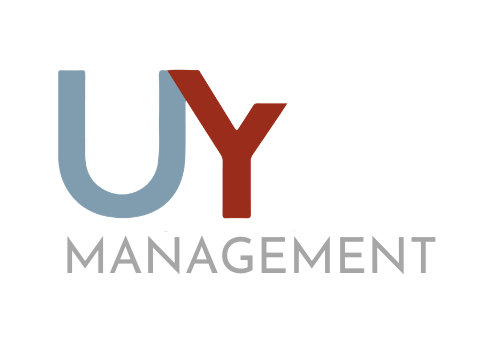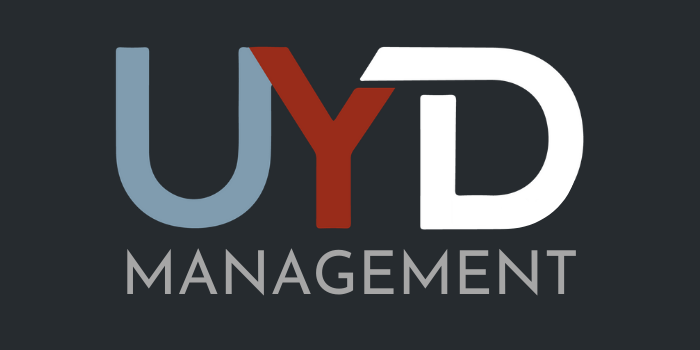SEVEN GUIDING PRINCIPLES FOR SHAPING A DIVERSE AND INCLUSIVE WORK CULTURE
It’s been nearly 60 years since the Civil Rights Act was passed in the U.S., so why is diversity still such a hot topic today? Could it be because 44% of millennials belong to a minority race or ethnic group and our youngest generation is predominantly non-white? If these facts are new to you, then you’re already two years behind! Say what?
1. Employee Demographics Are Constantly Changing
The next generation of employees will be more diverse than ever before. In 2015 the US Census bureau reported that more than 50% of children under the age of five were born to parents from minority groups, and this statistic is expected to be true for all children under the age of 18 by the year 2020. We’re only about 3 years away from having a majority-minority youth population! So yeah diversity is "kinda" a big deal.And race is only one aspect of diversity, we also have to consider people of all backgrounds, ages, genders, sexual orientations, religions, nationalities, and life experiences.The good news is that given recent studies, many companies now see the value in implementing diversity and inclusion practices not only because “it’s the right thing to do”, but also because of the financial impact it has on their bottom line.
2. It Pays To “Do The Right Thing”
Companies that have incorporated diversity and inclusion practices into their work cultures are reaping the financial rewards. A 2015 Bersin by Deloitte high-impact talent management study of over 450 organizations concluded that companies with the most inclusive talent practices had stronger financial performance. The study found that diversity and inclusion strategies being tied to organizational objectives were the differentiating factor. In these environments, talent was viewed as an asset instead of an expense, and employees were encouraged to contribute their wide range of experiences. But what was really surprising was that only 10% of the companies classified as being highly inclusive. These had “targeted, integrated and inclusive talent activities…that reinforced leader growth and a learning culture.”Statistical research by Cedric Herring at the University of Chicago found that diverse teams drive 6% greater revenue and higher customer wins. Sounds like a win-win!A study by Catalyst found that companies with more women on their corporate boards had higher returns than those with the least. On average, companies with female board members had 42% higher return on sales, 53% higher return on equity, and 66% higher return on invested capital. Basically, the evidence suggests that having more female directors produces better returns.Research from McKinsey found that companies that are more gender diverse are more likely to outperform their respective national industry medians by 15%, and companies that are more ethnically diverse are likely to outperform their industry medians by 35%. The study noted that “diversity is probably a competitive differentiator that shifts market share toward more diverse companies over time.” Duly noted, let’s increase that market share!
3. It Costs To Not “Do The Right Thing”
I should know, I’ve spent over twelve years underwriting employment practices and too often see the risk and expenses associated with discrimination related litigation. Individuals are still filing discrimination law suits (based on race, disability, sex, age, national origin, religion and other charges) against employers and potential employers. A study by Hiscox Insurance in 2015 noted that US based companies have at least a 12% chance of having an employment charge filed against them!Companies like Bank of America, Costco, Burger King, and eHarmony have already realized that discrimination lawsuits could result in multi-million dollar expenses. In 2015, the U.S. Equal Employment Opportunity Commission (EEOC) reported there were over 89,000 charges of workplace discrimination, and they secured more than $482M for those victims. So basically lacking diversity and inclusion can cost you, and having diversity and inclusion can pay off! The general concept is that when people feel included and welcomed to share their ideas and perspectives they perform better individually and collectively! Seems intuitive, though not fully in practice yet! Therefore, companies that have diversity and inclusion built into their corporate culture are making more of those “dollar-dollar-bills” than their less diverse competitors!
4. Seeing It Is Believing It
In my opinion, one of the most important studies is a 2014 Bersin by Delloite Diversity and Inclusion Benchmarking report of diversity and inclusion leaders, in which 70% of respondents reported that their organization portrayed themselves as diverse and inclusive, yet only 11% of them believed that the companies were truly inclusive. Hold on, only 11%? So if the diversity leaders at companies across America don’t believe there is true inclusion, why should we?This is where I would say: Instead of showing me a “propaganda picture of a diverse workforce” on your webpage, show me your true colors! Demonstrate the company’s dedication and actions towards creating an inclusive environment. Allow the transparency to attract prospective employees. Otherwise employees will be discouraged once their workplace experience doesn’t match their expectations.
5. There’s No One-size Fits All Solution
Diversity remains a hot topic because there is no single solution. And only a few companies have already found the right solution that works for them!Diversity and inclusion should be embedded into the organizational culture, which involves doing the work. There needs to be buy-in from leadership, as well as a management top-down approach to creating a culture where individuals’ unique ideas and opinions are encouraged and truly valued.
6. Tackling The Issue Head On
Getting the right “mix” of people in the door is half of the battle and keeping them there will take commitment.But getting the right candidates will require companies to expand their searches in order to find the hidden gems. Instead of looking for the candidate that fits a long list of requirements and qualifications, let’s consider the individuals that can’t be placed in a box. What are their transferable skills? How about the ex-military individual that made life-altering decisions in the fastest paced environment, or the stay-at-home mom that wears multiple hats, has amazing organizational skills, and doesn’t crack under pressure? Or the immigrant who learned to survive on nearly nothing and yet juggled multiple jobs to pay his way through college? Finding the right people goes beyond finding the individual with the desired work experience or degrees, it should be about finding the desired minds that will have the passion and ability to make your business grow.
7. Inclusion Is A Mindset
As our society becomes more diverse it will become necessary to have meaningful cross cultural interactions and a greater appreciation for the individual differences of each person we encounter. The practice of being open to different perspectives should start in the home, at our educational institutions, in our political atmosphere, and places of work. It should infiltrate all of our social interactions.We should remember that diversity and inclusion does not exist in a silo, it is not just an HR policy, or an individual practice. It is a conscious and continuous effort to understand and respect other perspectives, and organizations should leverage that collection of ideas to innovate. In my opinion, it is an individual and cultural transformation of thought. Given our current political climate and the changing demographics in our country, I believe that transformation needs to occur now. We all have the ability to engage in the thought transformation needed to respect, support and encourage diversity. Each one of us can be a champion of inclusion in our daily lives. - Sandra Revueltas
Resources:
Why diversity and inclusion will be a top priority for 2016More women board directors experience higher financial performanceWhy diversity mattershttps://www.bersin.com/News/PressArticles.aspx?id=19377Bersin :Bersin by Deloitte, The Diversity and Inclusion Benchmarking ReportBersin by Deloitte, Diversity & Inclusion: An Analysis of the Current Landscape


